Compared to big data, VR, and artificial intelligence, 3D printing today is actually not a very new technology. This technology has a history of more than 30 years.
So how many advantages are there in metal 3D printing? What are the differences between different metal 3D printing technologies in the field of printing materials and metallurgy? In this issue, 3D Science Valley and Gu You come to experience the metallurgy and processing science of metal D printing.
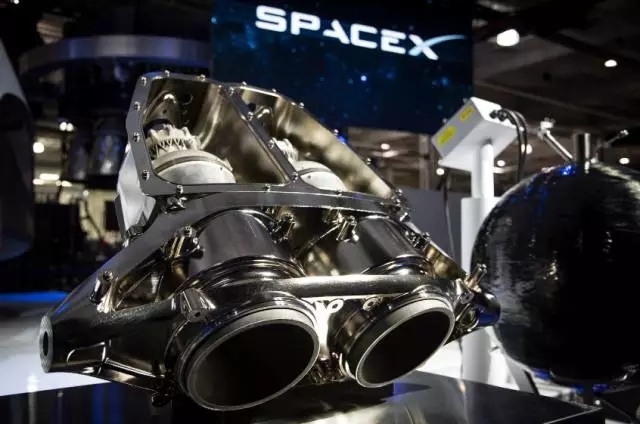
Metal printed
Origin and next steps
One of the earliest 3D printing technologies related to metal additive manufacturing was SLS-selective laser sintering technology, which was used to sinter plastic powder at that time. And in 1990, Manriquez-Frayre and Bourell realized the application of printing metal products through SLS technology.
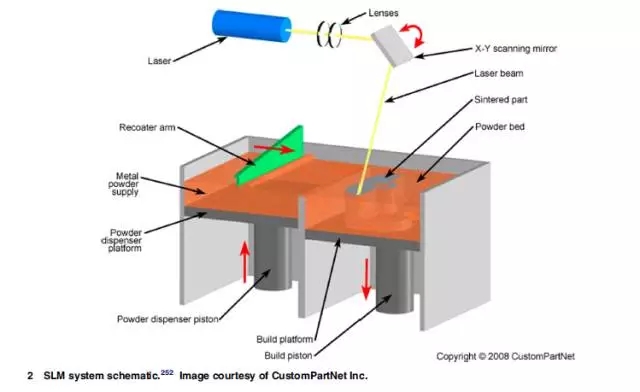
Today, when we mention metal 3D printing, we usually refer to SLM-selective laser melting technology, and SLS technology is more used to sinter materials other than metal.
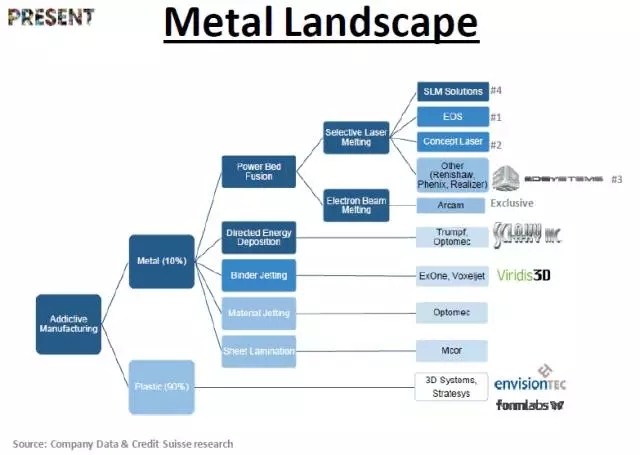
SLM technology is so fascinating that we ignore another metal 3D printing technology DED-direct energy deposition technology, which uses electron beam, plasma or laser to melt the metal wire/powder and weld the metal product to close Manufactured in a net shape.
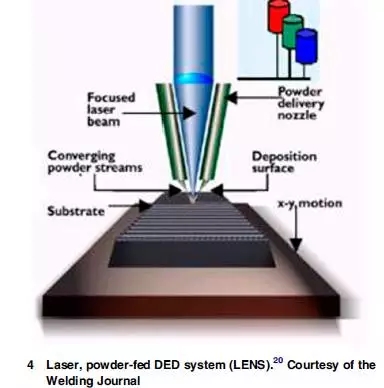
Selective laser sintering (SLS) technology was applied in 1984 by Dr. Carl Deckard of the University of Texas at Austin and Dr. Joe Beanman, a college consultant. 3D Systems acquired this technology from DTM through acquisitions, but after the patent expired in 2014, newly emerged 3D printer manufacturers aimed to make SLS, an expensive industrial printing process, off the altar.

The founding patent of SLM selective laser melting comes from the Laser Technology Research Institute owned by the Fraunhofer Institute in Germany, and the expiration date of this patent is December 2016. EOS launched the first commercial SLM device in 1995, and obtained the right to use the SLS technology patent by obtaining 3D Systems patent authorization. Another company, Arcam, obtained the right to use EBM technology through Adersson&Larsson's patent in 2000, and launched the first commercial EBM printing device in 2002.
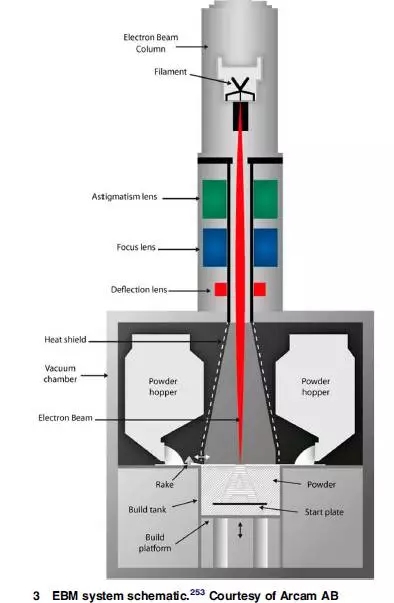
With the full expiration of the original 3D printing equipment patents, as well as the process control of metal processing, the development of powder technology, and with the acquisition of Arcam and Concept laser by GE, metal 3D printing has also ushered in a mature period. According to Greg Morris, head of GE's additive manufacturing, GE will increase the speed of 3D printing in 2 to 3 years, and they hope to reach 100 times the current speed in the future. With the improvement of equipment processing technology, the cooperation of materials and the rationalization of prices, metal 3D printing is bound to have a wider road in the field of industrialization. For processing and application parties, to meet such a technological wave, understanding the metallurgical processing of metal 3D printing has become a required course.
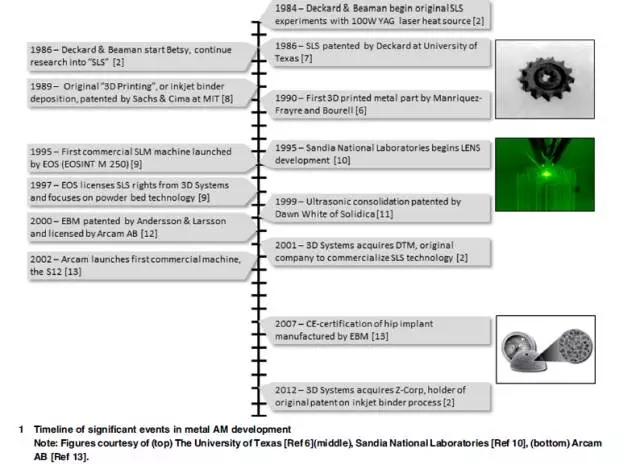
Indeed, in the process of metal processing, many subtle things happen. Take SLM selective laser melting technology as an example. During the laser melting process of powder, each laser spot creates a miniature molten pool, from melting the powder to cooling it into a solid structure, the size of the spot and the heat brought by the power The size of this determines the size of this miniature molten pool, which affects the microcrystalline structure of the part. Moreover, in order to melt the powder, sufficient laser energy must be transferred to the material to melt the powder in the center area, thereby creating a completely dense part, but at the same time the conduction of heat exceeds the circumference of the laser spot and affects the surrounding powder. Semi-melted powder appears, resulting in pores.
From the equipment field, in order to achieve laser positioning and focusing, according to the market research of 3D Science Valley, most laser melting systems use galvanometer scanning galvanometers. The latest technology is a dynamic focus system system that passes the laser beam line upstream of the galva galvanometer. Place a smaller lens in the middle to adjust the focal length of the optical system.
For the application side, in addition to rigid conditions such as equipment configuration, metallurgical performance is also related to many conditions in the metal 3D printing process. The setting of processing parameters, powder quality and particle conditions, control of inert atmosphere during processing, laser scanning strategy, laser spot size and contact with powder, molten pool and cooling control, etc. all bring different metallurgical results.
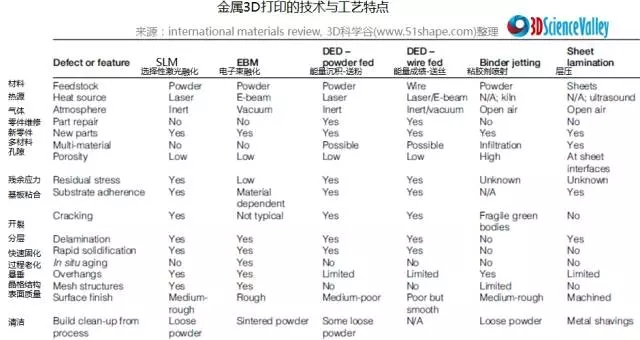
Generally speaking, the faster the processing, the higher the surface roughness, which are two related variables one after another. In addition, residual stress is a common topic faced by DED and SLM processing technology, and residual stress will affect post-processing and mechanical performance parameters. However, according to 3D Science Valley market research, based on the ability to control metallurgy, residual stress can also be used to help promote recrystallization and the formation of fine equiaxed crystal structures.
In the past five years, a lot of progress has been made in the understanding of the microstructure of the metal printing process and the processing properties of new alloys. At the same time, the heterogeneity of the microstructure is also observed. In this regard, the characterization work (columnar, high orientation, porosity, etc.) is used to gain a further understanding of processing metallurgy, which not only improves the process control ability of metal 3D printing, but also New requirements are put forward for material preparation and post-processing.

